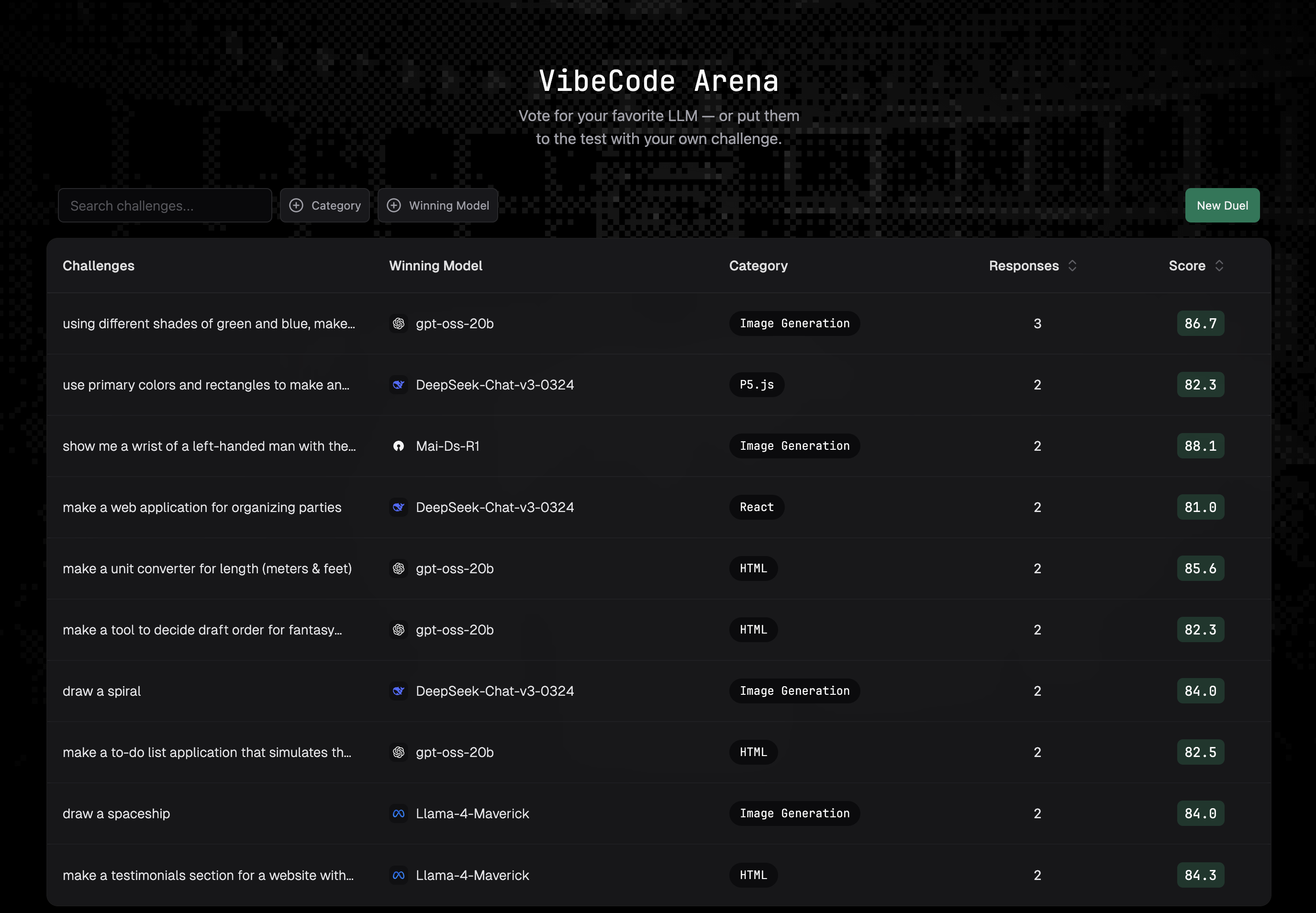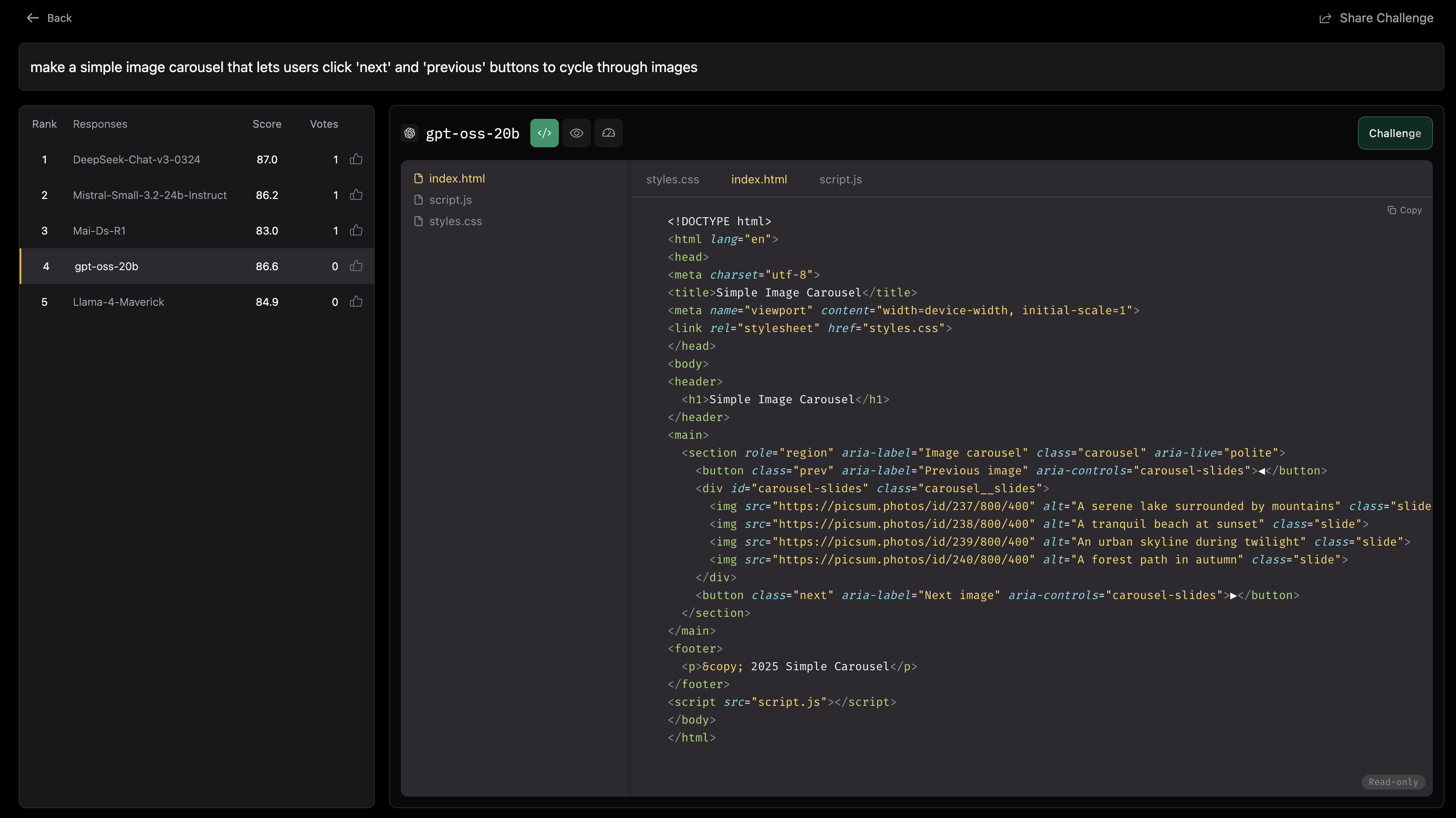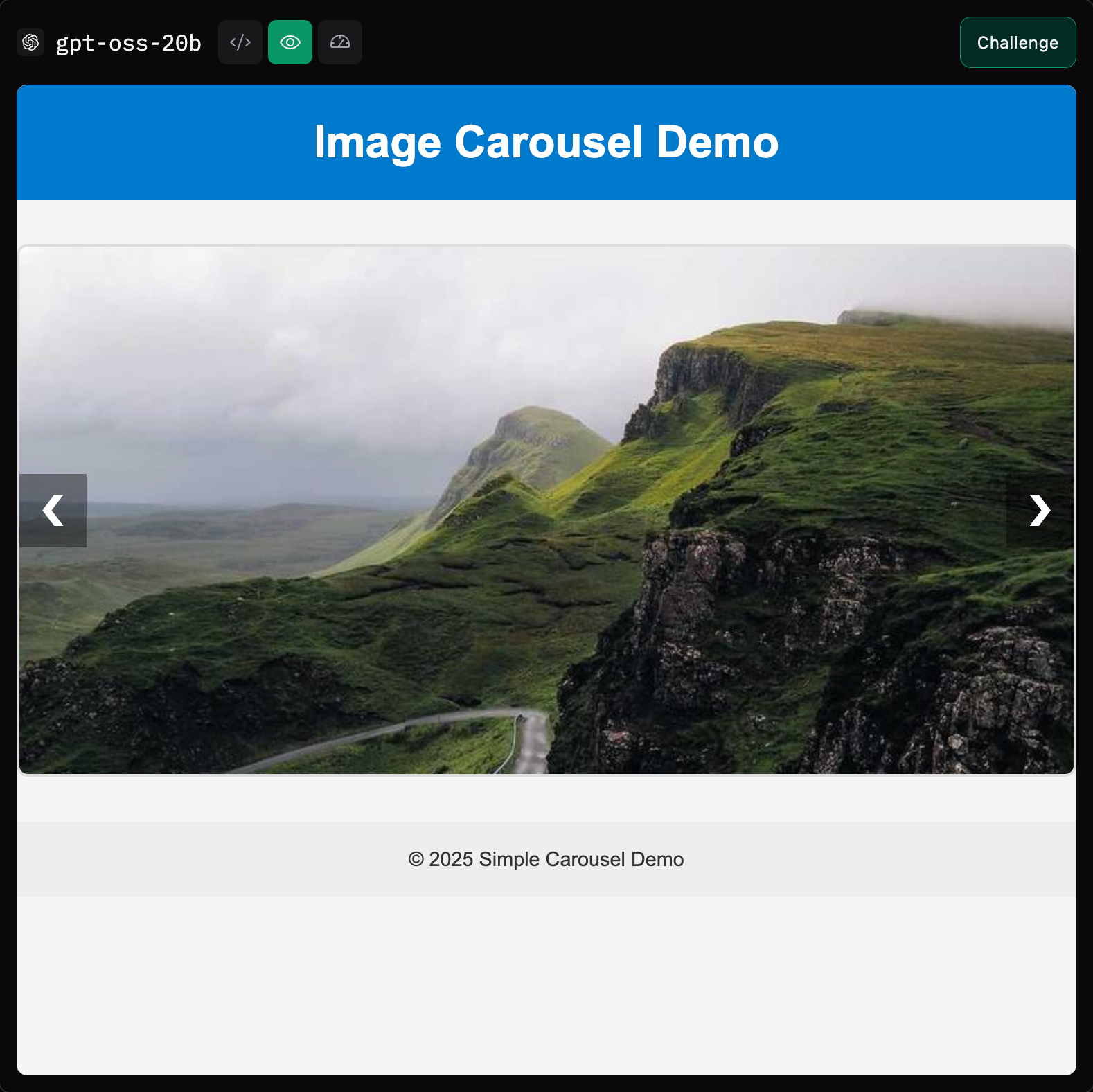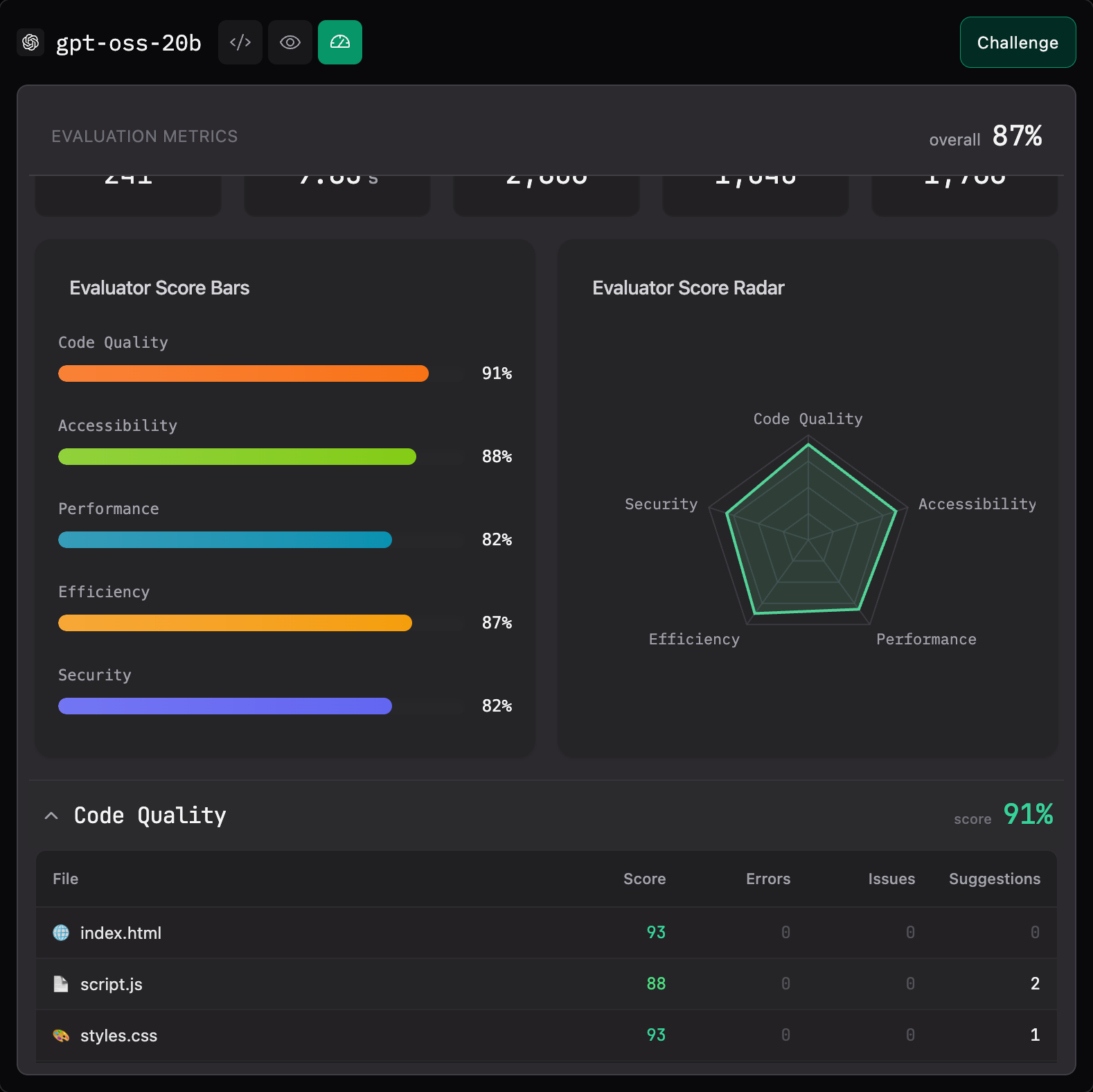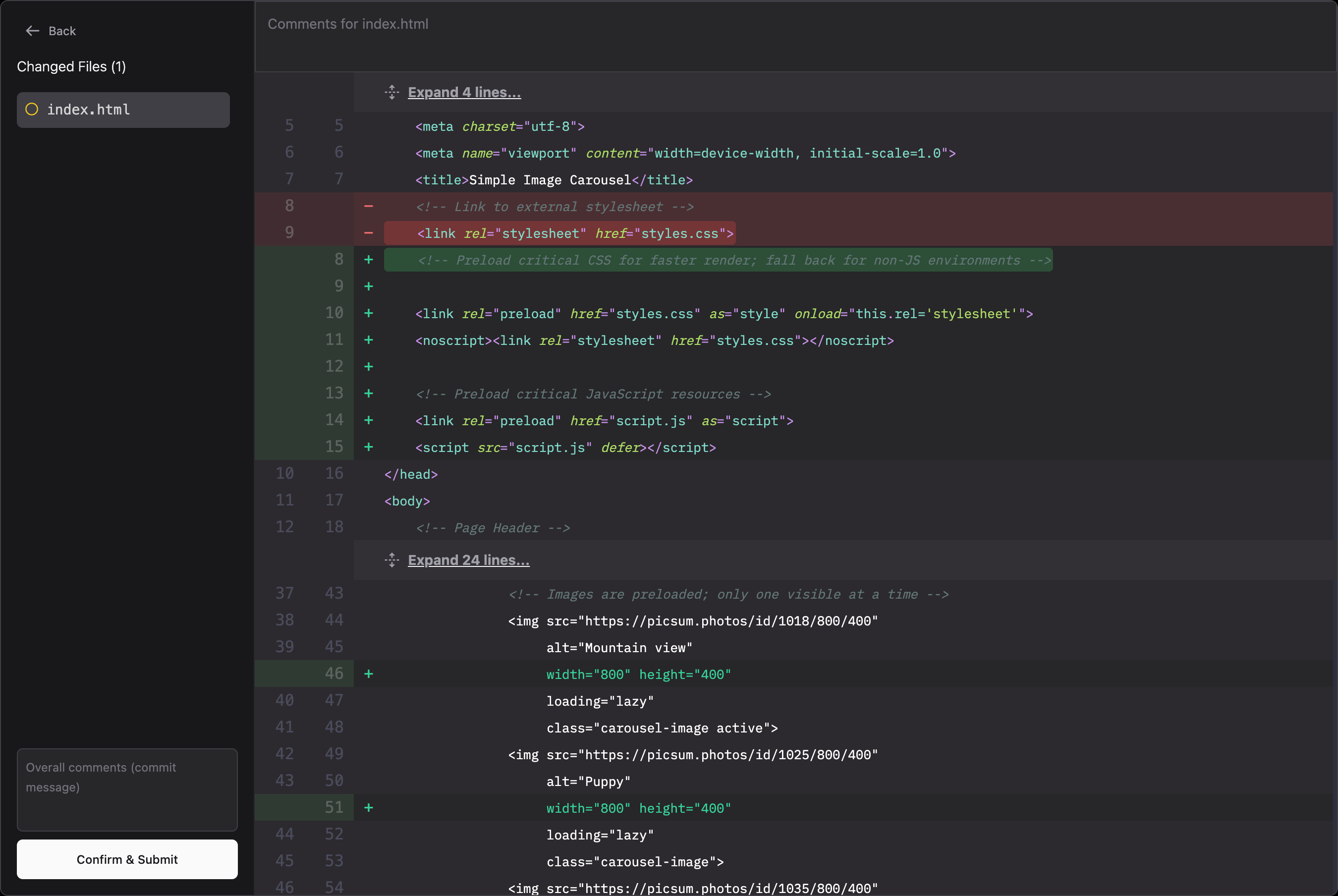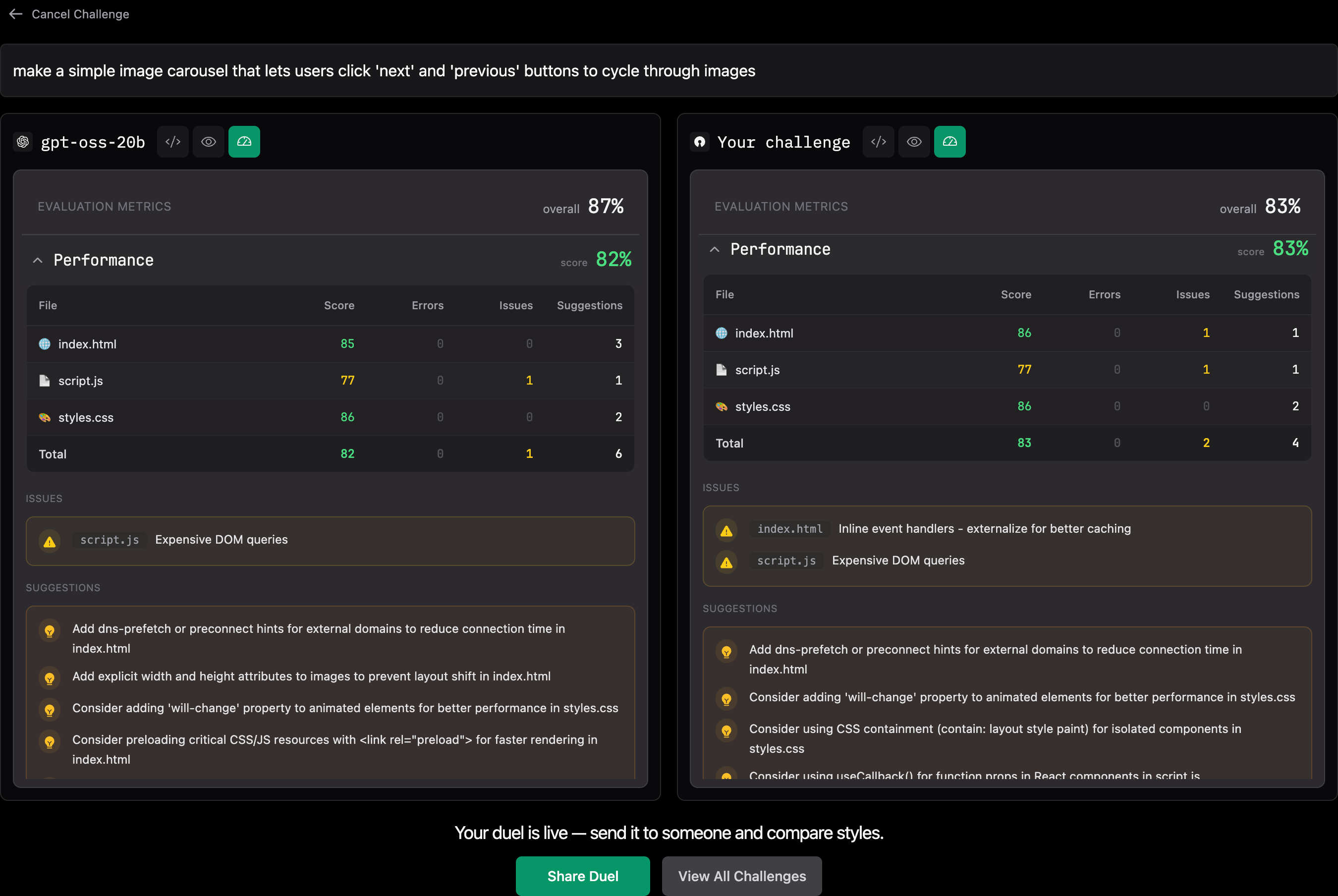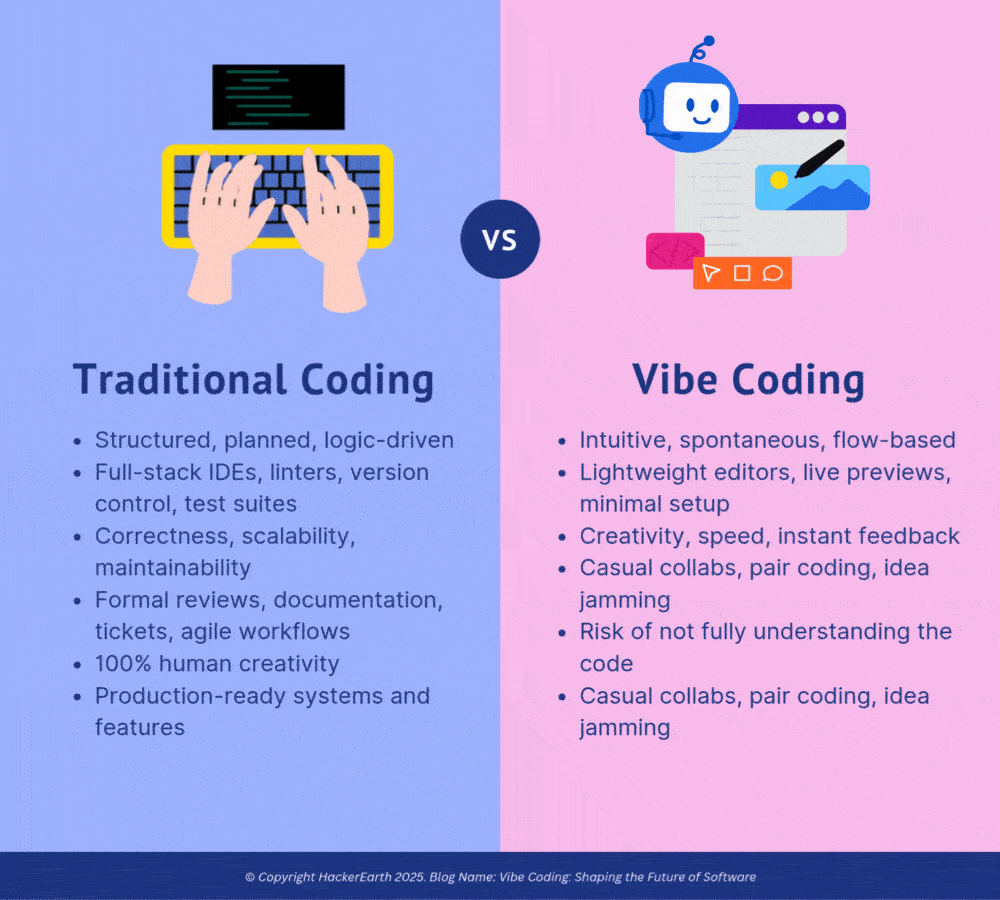Effective communication is the cornerstone of success in any organization. For recruiters, identifying candidates who excel in communication is critical—not just for client-facing roles, but for fostering collaboration, solving problems, and driving innovation within teams. Assessing communication skills, however, requires more than a basic interview. In this guide, we’ll explore what communication assessments entail, their benefits, and how HackerEarth equips recruiters with tools to evaluate communication skills effectively.
What Is a Communication Assessment?
A communication assessment evaluates a candidate’s ability to convey ideas, collaborate effectively, and adapt their communication style based on the context. It typically focuses on:
- Verbal communication: Speaking clearly and persuasively.
- Written communication: Crafting clear, concise, and professional messages.
- Active listening: Understanding and processing information effectively.
- Non-verbal communication: Body language, tone, and emotional intelligence.
For tech roles, effective communication often involves simplifying complex ideas for non-technical stakeholders or collaborating with diverse, cross-functional teams.
Why are communication skills critical?
According to a LinkedIn report, 92% of recruiters believe soft skills like communication are as important as, if not more important than, technical skills. Poor communication can lead to misunderstandings, delays, and even project failure—especially in fast-paced environments like tech startups or agile development teams.
Key benefits of communication assessments:
- Improved hiring accuracy: Ensures candidates fit team dynamics.
- Better team collaboration: Strong communicators bridge gaps across departments.
- Higher client satisfaction: Particularly for roles involving stakeholder interaction.
- Reduced turnover: Employees with strong communication skills often adapt better to organizational changes.
Challenges of assessing communication skills
Communication is subjective, making it harder to assess than technical proficiency. Common challenges include:
- Bias in Interviews: Some candidates may sound polished but lack depth.
- Overlooking context-specific communication: For instance, a great presenter might struggle with concise written communication.
- Time constraints: Communication skills can’t always be judged effectively during a standard 30-minute interview.
How to conduct effective Communication Assessments
Here’s how recruiters can design a comprehensive communication evaluation:
1. Define role-specific needs
Different roles require varying levels of communication skills. For instance:
- A project manager must excel in conflict resolution and stakeholder presentations.
- A software developer needs to articulate technical ideas and collaborate with teams.
HackerEarth’s customizable assessments allow recruiters to tailor tests for specific roles, ensuring candidates are evaluated against relevant scenarios.
2. Use multi-modal assessments
Evaluate communication across multiple channels:
- Written tests: Assess clarity and grammar with email or documentation tasks.
- Video interviews: Gauge verbal fluency, confidence, and body language.
- Group exercises: Test active listening and teamwork through role-playing or case studies.
With HackerEarth’s FaceCode platform, recruiters can assess verbal and non-verbal communication in real-time. The platform even includes AI-powered analysis for objective evaluations.
3. Incorporate role-playing scenarios
Simulated scenarios, such as mock client meetings or code reviews, provide deeper insights into candidates’ communication styles. For example:
- A software engineer could be asked to explain a technical concept to a non-technical stakeholder.
- A product manager might outline a roadmap to a cross-functional team.
HackerEarth’s virtual hackathons can also serve as a testing ground for collaboration and communication under pressure.
4. Evaluate for adaptability
In dynamic work environments, communication adaptability is crucial. Assess candidates’ ability to switch between formal and informal communication or adjust based on the audience.
Key metrics for communication assessment
When assessing communication skills for tech roles, it’s essential to focus on metrics relevant to real-world scenarios. Here’s a breakdown of critical metrics and how they apply to technical teams:
- Clarity
Definition: The ability to articulate ideas, technical concepts, or solutions in a straightforward and understandable manner.
Tech example: A software engineer explaining a new API integration to a product manager should avoid overly technical jargon and focus on the key features, limitations, and impact on timelines. Clarity ensures that non-technical stakeholders can make informed decisions based on accurate, digestible information.
How to assess:
- Ask candidates to explain a complex technical concept (e.g., “Explain the difference between REST and GraphQL”) as if presenting it to a non-technical audience.
- Evaluate how well they break down ideas into simple, actionable points.
- Relevance
Definition: Communicating in a way that focuses on the task or question at hand, without veering into unnecessary details.
Tech example: In a sprint planning meeting, a team lead should concisely address progress, blockers, and priorities, instead of discussing unrelated challenges or hypothetical scenarios. This keeps the discussion focused and productive.
How to assess:
- Give candidates a scenario, such as responding to a project update request from a stakeholder, and evaluate whether their response addresses the stakeholder’s primary concerns without unnecessary elaboration.
- Adaptability
Definition: The ability to adjust communication style based on the audience, whether technical or non-technical, senior executives or peers.
Tech example: A DevOps engineer presenting infrastructure updates to C-suite executives must simplify technical details and focus on cost savings or uptime improvements, whereas the same discussion with their DevOps team would involve detailed configurations and tools.
How to assess:
- Provide two scenarios: one requiring a technical deep dive and another involving a high-level summary for executives.
- Evaluate whether the candidate adapts their tone, content, and level of detail appropriately.
- Active listening
Definition: Understanding and processing the concerns, questions, or feedback of others before responding.
Tech example: During a cross-functional meeting, an engineering manager should actively listen to a designer’s concerns about a UI constraint and incorporate their input into a feasible technical solution.
How to assess:
- Conduct mock collaborative exercises where candidates must gather requirements or feedback from others.
- Observe how well they clarify details, paraphrase concerns, and address specific inputs.
- Conciseness
Definition: Communicating necessary information without overloading the listener with excessive details or redundant explanations.
Tech example: A backend developer explaining a database migration plan should focus on key elements—why the migration is needed, the expected impact, and the timeline—without delving into intricate SQL queries unless asked.
How to assess:
- Include tasks such as writing an email update about a project delay.
- Evaluate how well the candidate conveys the situation, its implications, and next steps in a short, clear format.
- Engagement
Definition: Demonstrating attentiveness, enthusiasm, and emotional intelligence in communication, fostering collaboration and trust.
Tech example: A team lead conducting a code review should provide constructive feedback that motivates developers to improve rather than demoralize them. For instance, instead of saying, “This is wrong,” they could say, “This works, but here’s a more efficient approach we could explore.”
How to assess:
- Observe candidate interactions in group tasks, such as brainstorming sessions or problem-solving exercises.
- Assess whether they encourage participation, respond thoughtfully, and maintain a positive tone.
How HackerEarth simplifies communication assessments
HackerEarth is designed to streamline communication evaluations with its comprehensive platform. Here’s how:
- Role-specific tests with subjective questions: Create assessments tailored to tech roles, integrating communication tasks into coding challenges or technical interviews.
- Live interviews: Conduct real-time assessments of verbal communication, complete with video recording and playback features for review.
- Scenario-based tasks: Use built-in tools to simulate real-world situations, such as creating project documentation or presenting solutions.
- AI-powered insights: Leverage AI analytics for unbiased evaluation of written and verbal communication.
- Hackathons for team collaboration: Assess communication in collaborative environments where candidates must interact to solve problems.
For example, a recruiter looking for a software engineer with strong cross-functional collaboration skills can use HackerEarth to combine coding challenges with scenario-based communication assessments.
Conclusion
Communication assessments are vital for building high-performing teams, especially in tech-driven organizations where collaboration is key. By focusing on role-specific needs, using multi-modal evaluations, and leveraging tools like HackerEarth, recruiters can ensure they’re hiring candidates who excel both technically and interpersonally.
With HackerEarth’s skill-based approach, recruiters gain a seamless, data-driven way to assess communication, empowering them to make smarter hiring decisions and build stronger teams.








